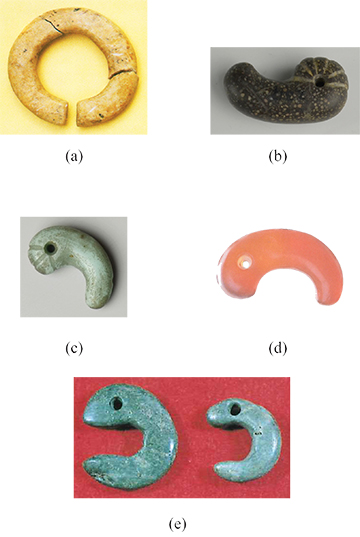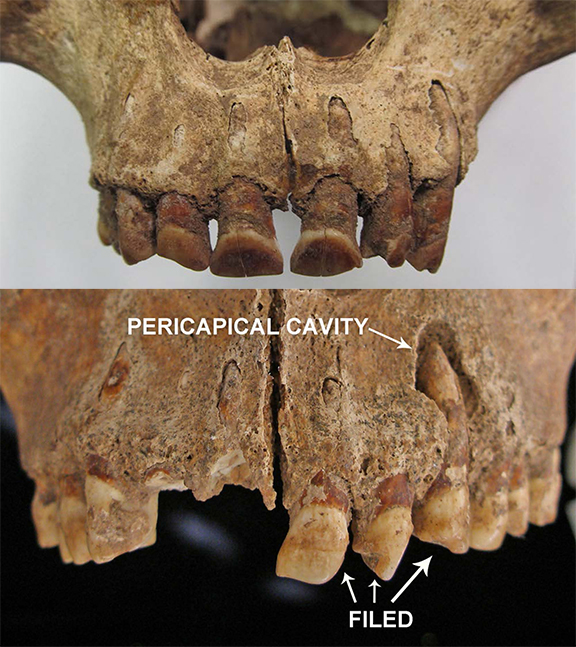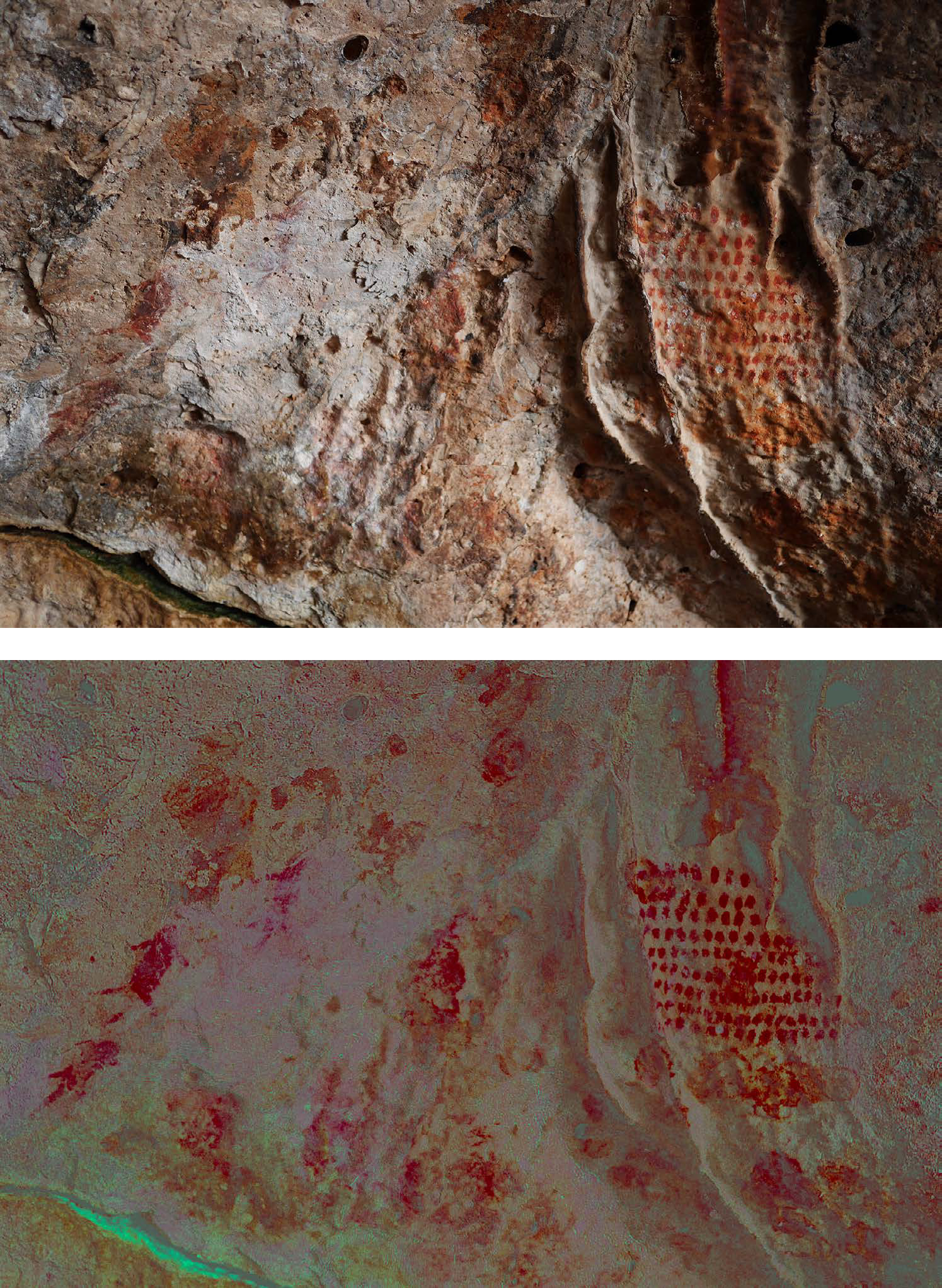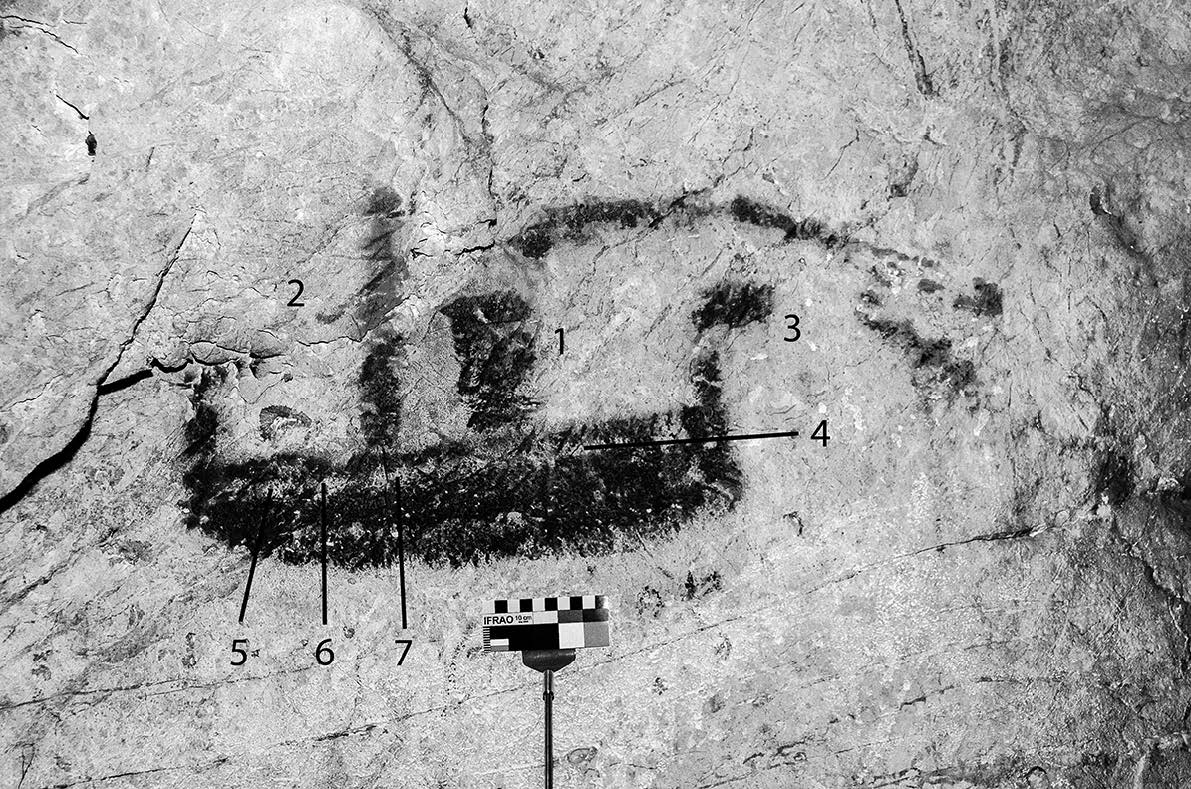
This issue of Asian Perspectives also features the following scholarly works: Continue reading “Asian Perspectives, vol. 57, no. 1 (2018)”

This issue of Asian Perspectives also features the following scholarly works: Continue reading “Asian Perspectives, vol. 57, no. 1 (2018)”

This issue of Asian Perspectives also features the following scholarly works: Continue reading “Asian Perspectives, vol. 56, no. 2 (2017)”
This issue of MĀNOA (28-1), Curve of the Hook: An Archaeologist in Polynesia is a booklength interview with Dr. Yosihiko Sinoto, known for the astonishing archaeological discoveries that changed our ideas of the ancient Polynesians, their ways of life, and their legendary voyages across the Pacific. Dr. Sinoto’s discoveries included whale-tooth pendants, stone tools and weapons, sacred structures, dwellings, an ancient voyaging canoe, and finely made fishhooks that allowed him and his fellow archaeologists to chart the seafaring routes of early Polynesians.
Now, in Curve of the Hook, we can experience the extraordinary adventures and career of an eminent and celebrated archaeologist in Polynesia. This full-color book includes over 100 illustrations—including unpublished photos from Dr. Sinoto’s private collection—plus notes and a list of references.
Continue reading “Curve of the Hook: An Archaeologist in Polynesia (MANOA 28-1)”

In the Editors’ Note Mike T. Carson and Rowan K. Flad write:
The current issue of Asian Perspectives (Volume 55, issue 2) maintains the tradition of keeping readers in touch with new archaeological research findings, approaches, and ideas across the Asia-Pacific region. As always, each work has a geographic focus that refers to substantive datasets from particular places as concrete examples, yet is broadly relevant to research in other regions. Looking into the journal’s future volumes and issues, we invite new manuscripts that emphasize the larger implications of Asian and Pacific archaeological studies beyond geographic boundaries .
This issue of Asian Perspectives also features the following scholarly works: Continue reading “Asian Perspectives, vol. 55, no. 2 (2016)”

In Palaeoecology and Forager Subsistence Strategies during the
Pleistocene–Holocene Transition: A Reinvestigation of the
Zooarchaeological Assemblage from Spirit Cave, Mae Hong Son Province, Thailand authors Cyler Conrad, Charles Higham, Masaki Eda, and Ben Marwick write:
This reanalysis uses the zooarchaeological assemblage recovered from Spirit Cave to understand hunter-gatherer use and occupation at the site during the Pleistocene – Holocene transition. W e analyze bone fragmentation, sample size, and relative abundance to establish the preservation and overall composition of the remaining fauna. Identification of several new taxa, including roundleaf bats (Hipposideros larvatus and bicolor), elongated tortoise (Indotestudo elongata), black marsh turtle (Siebenrockiella crassicollis), Burmese hare ( Lepus cf. peguensis) and a potential red junglefowl ( Phasianidae — ?Gallus gallus) provide insights into hunter-gatherer occupation, palaeoecology, and subsistence strategies between 12,000 and 7000 years b.p.
This issue of Asian Perspectives also features the following scholarly works: Continue reading “Asian Perspectives, vol. 55, no. 1 (2016)”

This issue of Asian Perspectives features the following scholarly works:
Landscape Evolution and Human Settlement Patterns on Ofu Island, Manu’s Group, American Samoa
Seth Quintus, Jeffery T. Clark, Stephanie S. Day, and Donald P. Schwert
Obscuring the Line between the Living and the Dead: Mortuary Activities inside the Grave Chambers of the Eastern Han Dynasty,
Zhou Ligang
The Curious Case of the Steamship on the Mekong
Noel Hidalgo Tan and Veronica Walker-Vadillo Continue reading “Asian Perspectives, vol. 54, no. 2 (2015)”